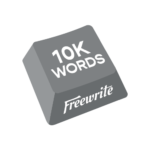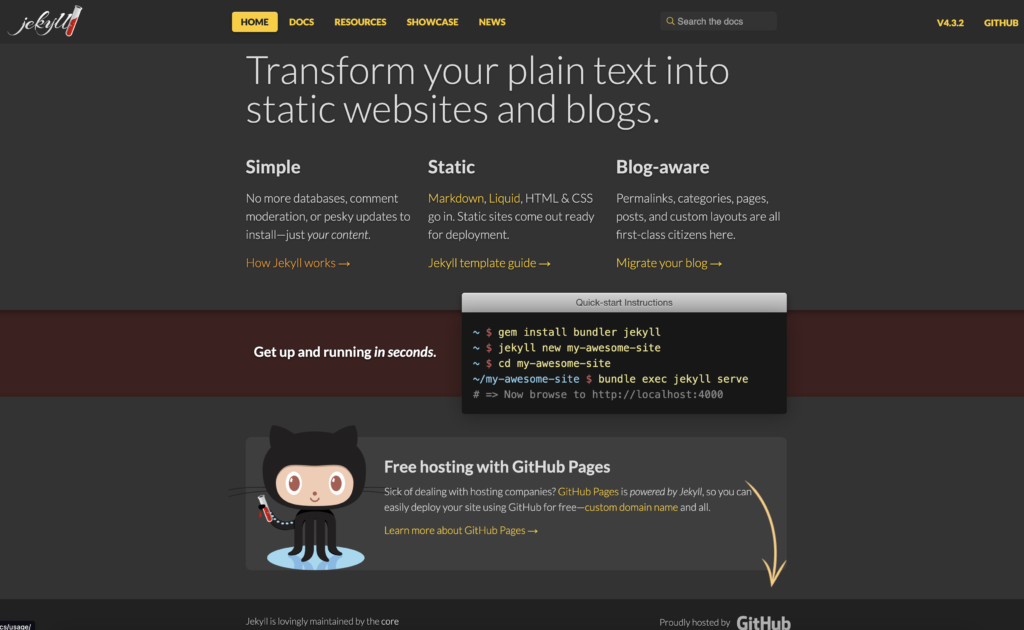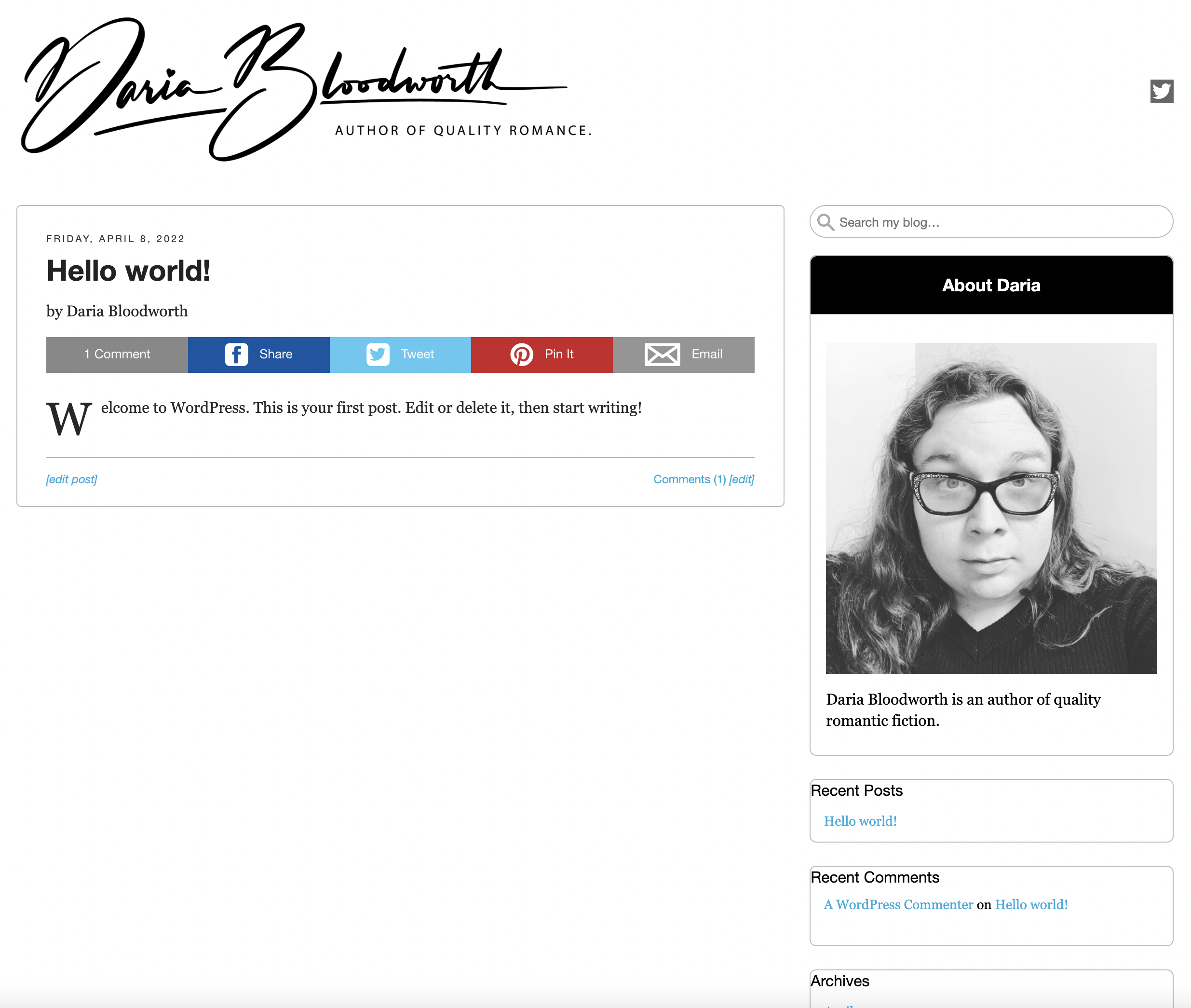So, a month ago, I received one of those smart keyboards. Specifically, the Freewrite Hemingway Special Edition (a/k/a the “Hemingwrite”). Yes, that includes shipping and the 2 year warranty but no, not GST. Had to pay for that separately at the CBSA office.
At first, I was not open to the idea of the Freewrite Smart Keyboard. Mostly due to my hesitance towards products like this that have a keyboard and whether or not I can use the Dvorak keyboard layout. When I learned that I could, this definitely made the Freewrite line of products more attractive.
So, was it worth it? I think so. I think this distraction-free writing environment is helping to increase my word count. The most important thing is to get ideas out there onto the screen. That way, I can edit it.
How I’m Using My Smart Keyboard
Put simply, I’m using my Hemingwrite to draft new work. I’m using all three folders. Folder A is being used to draft a serial story I’m working on. It was originally going to be the first in a series of novels. However, I feel that this story is going to be better as serial fiction. I’m hoping to start releasing episodes next summer.
Folder B is where I’m drafting novels/novellas. Right now, I have a romance novella about two cheerleaders who fall in love with one another. I’m currently planning it, including a framework and some character details. I’m hoping to finish drafting it by end of October and work on the next novel for NaNoWriMo.
Folder C is where I’m working on short stories. Specifically, I’m working on a submission for The First Line’s winter edition. So far, it’s going really well. Though, I am thinking about also drafting blog posts in the Smart Keyboard. I also have a couple of short stories I’m working on that have yet to be finished.
Put simply, the Smart Keyboard is where I keep work that I’m actively drafting. It’s definitely not a device for editing, which I do in Scrivener. However, I find it very useful to just sit down and write. And when I commit myself to just sitting down and writing for a period of time, I feel the words flow out of me and on to that e-ink screen.
What I love about my Hemingwrite
First, the satisfying clacking of the keys. Seriously, there’s something psychologically satiating about that. This special edition was rather decadent. It has a really nice aluminium casing on the device that is supposed to develop an unique patina. It also comes with a leather carrying briefcase and a cleaning cloth. Is it pricier than their other offerings? Absolutely. However, I feel that it’s an investment in my career as a writer.
Second, the fact that I can take it anywhere without internet. As long as I know what I’m writing, I can get down to it. Makes me wish Calgary Transit’s LRT trains have those kinds of work tables you’d see on European trains. I’m also thinking that once I get my transition paid for, I can write and travel. I’d like to experience what it’s like to write in St. Pierre et Miquelon, les Îles-de-la-Madeline, or Prince Edward Island.
Having said that though, my Freewrite is definitely coming with me to Thailand, South Korea, Mexico, Spain, and the UK as I work to finish up my transition.
Social encouragement with writing

Finally… it’s actually helping me to put more words down on the screen. If you take a look at my Postbox profile, you’ll see that I have been adding about a thousand words a day over the past couple of weeks. This has been fairly consistent over the past couple of weeks since I got my Hemingwrite. Seriously, if you read my review of Sprinter, you’ll see that I recently earned the 1K words achievement. In the first two days of having my Hemingwrite, I got enough words down to push myself above the line to get the 10K words achievement.
I’m hoping that soon, I can earn the 100K words achievement, which comes with a physical badge. The profile is also helping me to build a daily drafting habit, which is definitely going to help me bring more novels to the draft stage so I can work on editing them.
What can get irritating about this Smart Keyboard
The thing that irritates me the most about my Hemingwrite is that it doesn’t work with all wi-fi networks. For example, if you have to sign in using a web browser, you can’t connect to that network. Which means I can’t use my library’s wi-fi. However, it does mean that I can use the wi-fi network at more local businesses. It does mean more patronage for them and thus, more work discovering new places to write.
I’m also not entirely sure how good the battery life is. I know that I’ve been told that the battery life should get you two months of use. However, I wonder what basis they’re using for those figures.
Also, the screen updating is rather slow. This is a slight irritation, but I would be remiss by not telling you what my experience has been. I think it might be a limitation with the e-ink screen. Having said that though, the same can be said of WordPress’ Gutenberg editor when you have a particularly long post you’re working on.
Furthermore, the shortcut configurations can be a bit convoluted.
Finally, I know I’ve hit the “Send” button accidentally one too many times. Though, I am considering setting up a system where I can draft future posts on this blog with the Freewrite. Then, I can send them to a special e-mail to have them brought into WordPress for editing.
In Conclusion: The Hemingwrite is Worth It
Put simply, if the objective is to get words on the screen to be edited later, the Hemingwrite is worth it. If you want to be an author, the most important things is to get writing. Will it suck? Absolutely. A lot of the words you’ll write will be inartful and will need editing. But if you waste a lot of time second guessing yourself, you won’t get much done. The point of drafting is to create a rough draft that you can go back and edit later.



